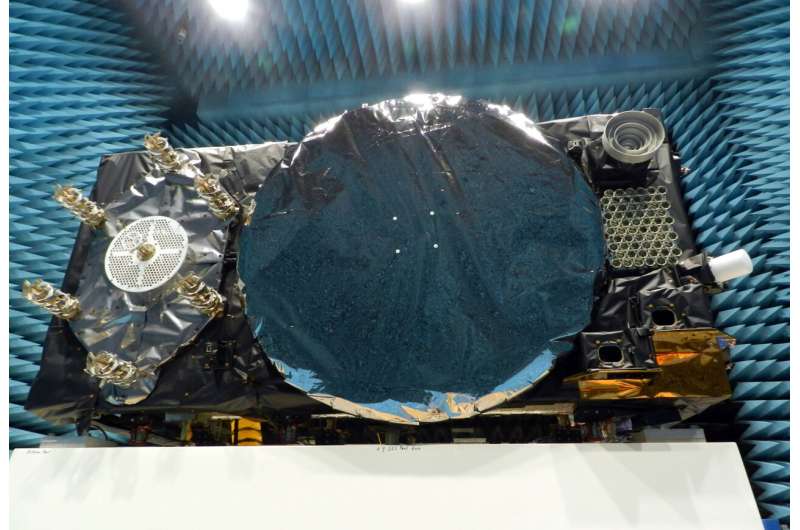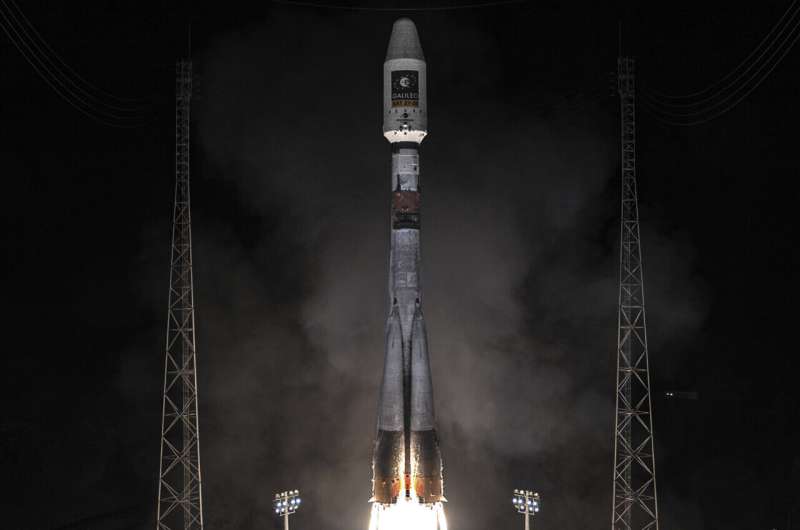A successful system/operations in-orbit test review followed, co-chaired by ESA and EUSPA, the EU Agency for the Space Program, in overall charge of commissioning, which confirmed the satellites' health.
Now, following a successful test campaign this summer, these two new Galileo satellites have become the first to broadcast an improved navigation message, resulting in three key improvements for Galileo's public Open Service users.
- Faster navigation data acquisition allowing users to establish a first position fix more rapidly.
- Better robustness in challenging environments, such as urban centers where the visibility of satellites can be reduced by high buildings.
- Easier access to timing information in the navigation message for users possessing only a rough estimate of timing of the order of 1–2 seconds.

For the testing and broadcasting of this new navigation message, new software for the Navigation Signal Generation Unit was developed by Thales Alenia Space in Italy, SSTL, OHB and ESA and was uploaded to the two satellites.
During the summer, an extensive test campaign was conducted by ESA to ensure the compatibility of the entire Galileo system at unit, payload, satellite, ground, and system levels with the enhanced message. As part of this effort EUSPA oversaw receiver testing, to ensure this compatibility extended to the Galileo receivers and chipsets in the market. These latest launched satellites made ideal test cases for the software and the improved navigation message.
Stefan Wallner, Head of the G1 Signal in Space Engineering Unit, comments: "This testing was crucial for the entire Galileo system, as it means that end-users are now able to receive a first positioning fix twice as fast, down to just 16 seconds."
Transmission of the upgraded signals from Galileo satellites 27–28 allowed the team to confirm its correct implementation and characterize its long-term performance. Following a successful Test Review Board, the satellites were brought back into service on 29 August.
Bastiaan Willemse, heading ESA's Galileo Full Operational Capability Satellite Management Service notes: "Now that the testing is complete, we reach an exciting moment for the entire Galileo family, because this is the point at which users can begin to take benefit from these new Galileo satellites. In addition, the upgrades will further boost the performance of the overall Galileo system. This new software will be not only uploaded to every Galileo satellite already in orbit from this October onward, but all the satellites that are still to be launched will have it integrated as well."
Explore further



